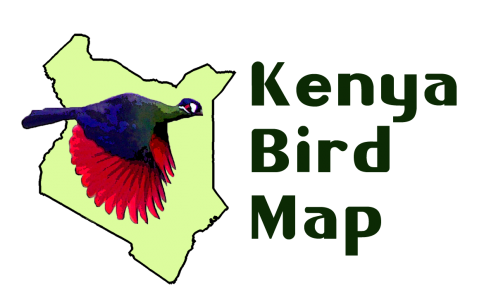We have come to the final part of our assessment of the current coverage of the Kenya Bird Map. We end our assessment with what is no doubt the wildest, remotest and most hostile part of Kenya - the east. This is also, by far, the least explored part of the country, mainly due to … Continue reading The Current Status of Kenya’s Bird Atlas: Part 7 of 7 – The East
Author: kenyabirdmap
The Current Status of Kenya’s Bird Atlas: Part 6 of 7 – The North
As we continue analyzing the current coverage of the Kenya Bird Map, we now shift focus to northern Kenya. This is another major section of Kenya's dry county, dominated by dry savannahs, scrubland and deserts. Several of the dryland endemic and near-endemic birds of the Somali-Masai biome already mentioned in the previous post on southern … Continue reading The Current Status of Kenya’s Bird Atlas: Part 6 of 7 – The North
The Current Status of Kenya’s Bird Atlas: Part 5 of 7 – The South
Our analysis of the coverage of the Kenya Bird Map continues with southern Kenya. The three areas we have looked at so far (the central highlands, the coast and the west) all lie within high rainfall zones. As we switch our focus to southern Kenya, we are now moving away from these green zones and … Continue reading The Current Status of Kenya’s Bird Atlas: Part 5 of 7 – The South
The Current Status of Kenya’s Bird Atlas: Part 4 of 7 – The West
Western Kenya, like the coast, hosts a large number of species found nowhere else in Kenya. The rich bird faunas of this region are mainly associated with the Lake Victoria Basin and the Guinea-Congo Forests biomes, both of which only barely extend into Kenya. A few species of the Sudan-Guinea Savanna biome of northern Africa, … Continue reading The Current Status of Kenya’s Bird Atlas: Part 4 of 7 – The West
The Current Status of Kenya’s Bird Atlas: Part 3 of 7 – The Coast
Our look at the current coverage of Kenya on the Kenya Bird Map continues with the coast. This area is special because it hosts many bird species that are not found anywhere else in Kenya. These are endemic and near-endemic species of the Zanzibar-Inhambane Coastal Forest Mosaic that extends across nearly the entire coast of … Continue reading The Current Status of Kenya’s Bird Atlas: Part 3 of 7 – The Coast
The Current Status of Kenya’s Bird Atlas: Part 2 of 7 – The Central Highlands
As stated in our previous blog post, over the next few weeks we will be assessing the coverage so far achieved on the Kenya Bird Map - Kenya's current bird atlas project. The first area of the country that we will take a close look at is the central highlands. This region includes the capital city, … Continue reading The Current Status of Kenya’s Bird Atlas: Part 2 of 7 – The Central Highlands
The Current Status of Kenya’s Bird Atlas: Part 1 of 7 – Overview
It has been nearly six years since the Kenya Bird Map project began. A lot has been achieved and a lot still remains to be achieved. It's always good to track progress in order to appreciate achievements and identify what needs to be done moving forward. In this 7-part blog series, we will take a … Continue reading The Current Status of Kenya’s Bird Atlas: Part 1 of 7 – Overview
Using the Bird Atlas to Monitor and Control the Invasive House Crow
It is a known fact that the House Crow (Corvus splendens), also called the Indian House Crow, is a serious threat to native birds in Kenya. Being an introduced invasive species from Asia, it is outcompeting several native Kenyan birds and displacing them from nesting and feeding areas. It is still largely confined to the … Continue reading Using the Bird Atlas to Monitor and Control the Invasive House Crow
The importance of submitting Full Protocol cards on a regular basis (even for already mapped pentads)
Have a look at the Kenya Bird Map coverage map and you will notice that most of the covered pentads have less than 3 full protocol cards submitted (yellow or orange color). 4 is the minimum number of cards needed for bird records from a pentad to be analyzed scientifically beyond just the presence/absence of … Continue reading The importance of submitting Full Protocol cards on a regular basis (even for already mapped pentads)
Kenya Bird Map Expedition to the Mara region and Lake Victoria basin
In order to fill gaps in coverage, the Kenya Bird Map project regularly conducts bird mapping expeditions aimed at collecting data from as many pentads as possible. One such expedition was conducted on the 7th to 17th June 2018 (11 days) in south-western Kenya, where target areas in the greater Masai Mara, Trans Mara and … Continue reading Kenya Bird Map Expedition to the Mara region and Lake Victoria basin










